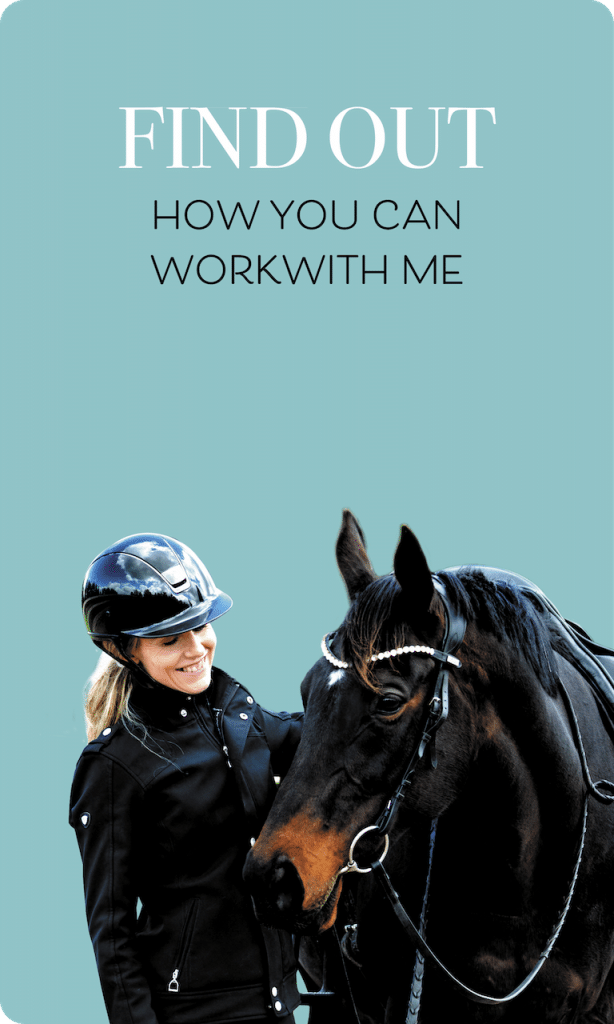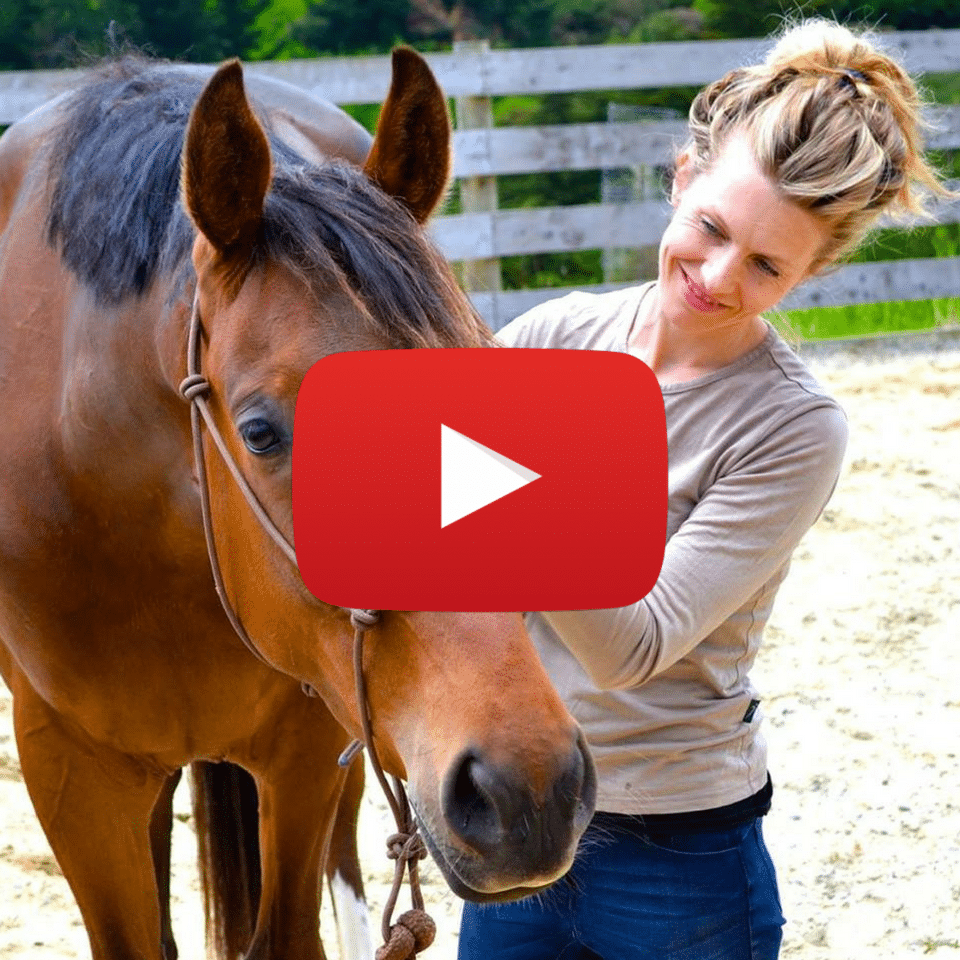The practice of emotional agility means that we need to become adept at emotional transitions, the crossover where one mood state is allowed to pass through and another allowed to rise up in its place. In order for us to effectively navigate these hinge points, we need skills of emotional recognition and understanding (the ability to recognize the messages behind emotions and deal with them accordingly) followed by the means to channel and process the energy created so that we can move forward in a way that is constructive and beneficial for both ourselves and our horses.
For most of us, this is a tall order. Generally speaking, we are taught to value intellectual and logical thought over everything else. As a consequence, many of us overlook or ignore gut feelings and deem our emotions untrustworthy, cultivating a façade that is opposes the emotional currents that run beneath the surface.
So how does this work against us when it comes to developing a relationship with your horse? Your horse’s ability to sense emotional congruence, to tell whether your feelings, action and intentions are in alignment is one of their greatest skills. It’s not a party trick but an essentials skill for survival; understanding subtle changes in body language, breath and heart rate and even hormone levels is part of their extra-sensory defence system that alerts them to possible danger and keeps them safe.
Transfer this to a domestic situation, and a lack of congruence between how you feel and what you emanate and project makes you untrustworthy. Misalignment does not foster feelings of safety and instead creates an atmosphere of defensiveness and concern.
Consequently, the onus of responsibility lies with us, firstly, in ensuring that we are not using our horses or training as an outlet to release built up emotional residue, and secondly, to do the internal work needed for thought, feeling, action and intention to line up.
Allowing for an emotional transition at the start of every session is a valuable practice to get into. Checking in, doing what is needed to ground and anchor yourself and establish your intention allows for a conscious start point.
Replacing judgement with curiosity. What is it that my horse is presenting me with today? How is it that I am feeling? What is the most constructive way forward?
Observing and seeking to understand our responses to what our horse presents is one of the greatest gifts of healing and self-development they provide us with. Our task is to listen and reflect perhaps in greater quantities than we ask and direct.
xx Jane
The new Aware Pathway in JoyRide is all about learning to recognise and process your emotions. The last thing we want is a situation where we’re suppressing how we feel or letting our feelings run riot. That’s no good for anyone, least of all you and your horse. Acknowledging how you feel, grounding yourself, setting boundaries, processing emotions and managing your energy are what it means to be emotionally agile. You’ll learn how to do that as part of my JoyRide Membership Program. You can check it out here.





